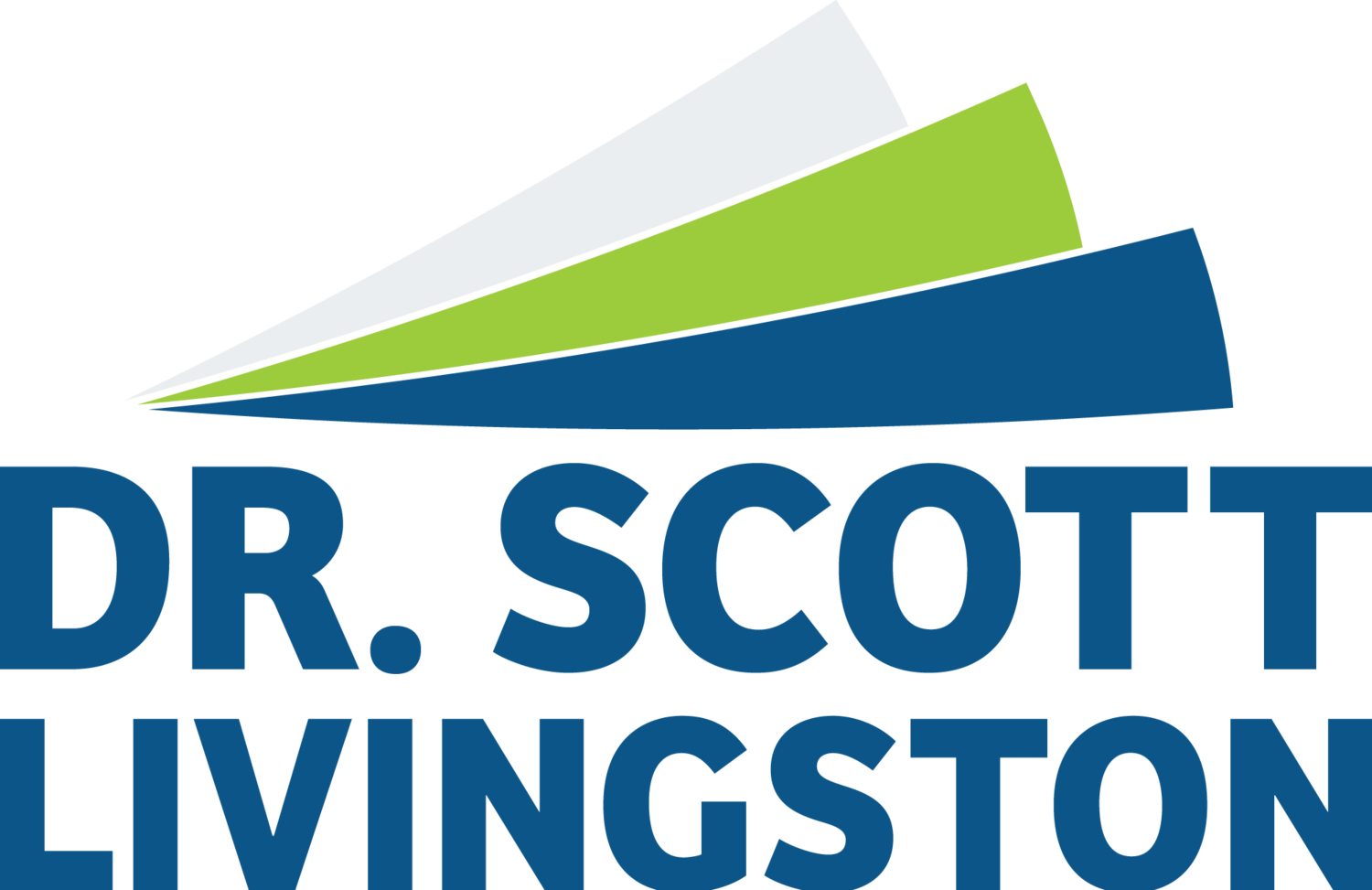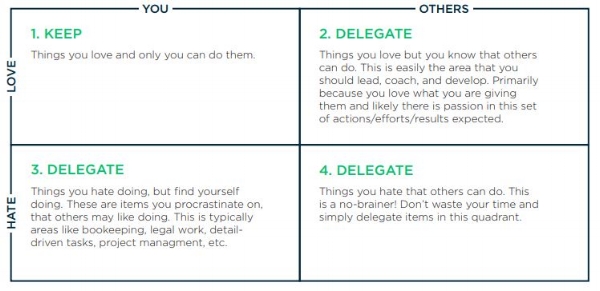Last week you heard from BELAY’s CEO, Bryan Miles, and how he helped me with my business. This week, I’ve invited one of my virtual assistants, Tannis Oliveri, to share how she empowers multiple clients toward delegation expertise. Here’s Tannis...
When a client begins an engagement with a Virtual Assistant (VA), they are typically overworked, stressed, and looking for a reprieve from the mundane tasks that weigh them down. Through the first few weeks of onboarding with a new client, I seek to learn their pain-points, what part of their day is the most productive, their personality type, and their communication style. This helps me get a broad view of their work and life. Once I determine their greatest needs I strategize how to take things off their plate which typically begins with delegation.
Depending on their professional journey, they may or may not have utilized Bryan Miles’ delegation matrix in order to identify tasks they want to get off their plate. In my experience, some clients, like Scott, have been the one-man-show in their business and need encouragement to continue handing things over. Regardless of where the client is on the road of delegation, here are some simple tips for moving toward delegation expertise.
Templates, Templates, Templates: This has been the biggest area of success for my clients across the board. If I can remove the brainwork from a repeating task by creating templates, then it’s a win for everyone involved. Here are a few of my favorites:
Meeting + Travel Templates: This works best is in a task-management software where I list the overall details needed for meetings or travel arrangements (location, required attendees, etc). Rather than my client and I playing email-ping-pong with gathering the necessary details, my client is able to copy the template, type in the meeting or travel request information, and I take it from there. It is efficient and creates clear lines of communication.
Email Templates: Whether my client wants to touch base after submitting a proposal or reach out to a volunteer, a canned response gives them a track to run on. In creating the template I will include language such as, “I’ve CC'd my assistant, Tannis, on this email. Please respond to her with your availability.” In doing so my client (1) doesn’t have to remember to delegate the scheduling to me and (2) is training his team to come to me with calendar requests.
Gently pull things away: Expense reporting was a tremendous drain for one of my clients. When we first began our engagement he would manage all his receipts, even though I offered to do them. His response was, “It doesn’t take me much time. It’s no big deal.” But his calendar screamed how valuable his time really was. So, rather than waiting for him to upload the receipts each week, whenever an expense comes through his email, I take care of it right away. The small fragmented pieces of time are back in his control when he allows me to take the initiative.
Remind them of your skill-set: One of the things I’m known for (and actually enjoy doing) is taking messes and cleaning them up. Whether it’s an online storage that needs a complete overhaul, or a tangible folder that needs reorganizing, I encourage my clients to delegate that to me. When I first began with Scott his Dropbox was in desperate need of organization. Rather than Scott trying to clean it up, he handed it over to me and I whipped it into shape.
Ask lots of questions: Some clients have been doing a task for so long they don’t realize someone else can do it for them. During my weekly meetings with each client, I ask various open-ended questions that help them process through their tasks. This creates time and space for them to think through things and offload work that doesn’t belong on their plate.
As a Virtual Assistant, I feel I am an extension of my client. We are both working toward the same goals. When they become empowered to delegate, my clients find freedom and more time to spend on the work they love.



